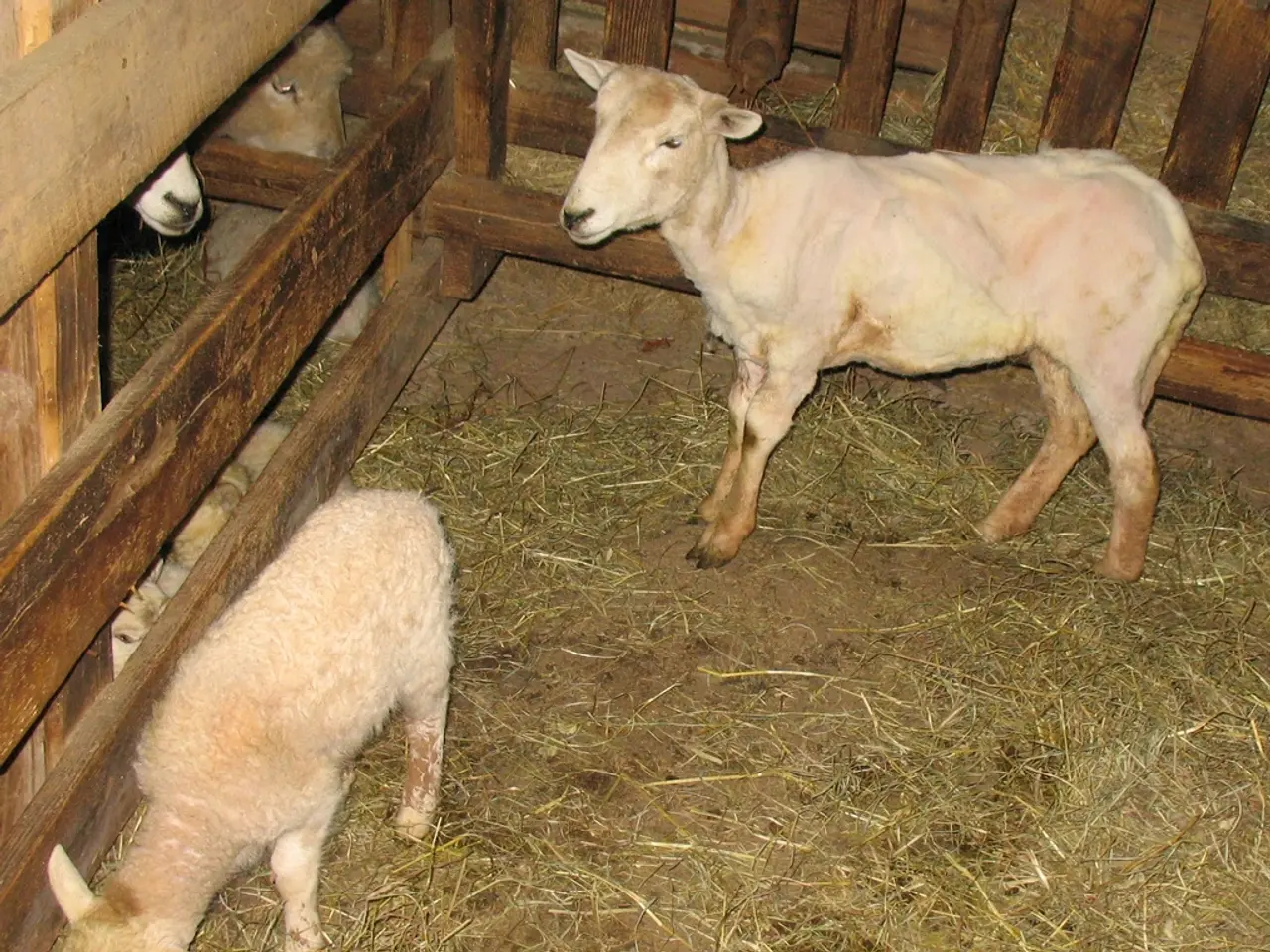Court Order Concerning Stray Dogs in Supreme Court Under Review Following Public Outcry
In a significant policy shift, the Supreme Court of India has revised its order on stray dog management in Delhi-NCR, moving away from a forced removal approach and towards a balanced strategy that integrates public health, animal rights, and logistical feasibility.
Initially, on August 8 and 11, 2025, the Court ordered all stray dogs in Delhi-NCR to be captured and moved to shelters without release, aiming to address public safety concerns such as dog bites and rabies. This move triggered widespread public outcry from animal welfare groups and citizens, leading to the Court forming a larger three-judge bench to reconsider the order.
By August 21-22, 2025, this three-judge bench modified the earlier directive. Stray dogs picked up must now be sterilised, immunised (including deworming), and returned to their original locations instead of being kept permanently in shelters. Only dogs infected with rabies or exhibiting aggressive behavior are to be kept in isolation shelters.
The revised order promotes humane treatment by advocating sterilisation and vaccination, reducing unnecessary sheltering and the distress caused by mass removal. Aggressive or rabid animals are treated separately to prevent suffering and the spread of disease.
The Court recognises the urgent need to protect people from dog attacks and rabies, addressing nearly 2,000 reported daily dog bite cases in Delhi NCR. The selective sheltering of dangerous dogs aims to reduce incidents while allowing non-aggressive strays to live in their communities safely after vaccination.
The rulings highlight challenges faced by civic bodies in managing stray animals, pushing for scientifically informed strategies rather than blunt removal. It also signals a growing judicial role in overseeing the balance between public health and animal rights, urging coordination among government authorities, animal welfare groups, and communities to develop better infrastructure and long-term policies across India.
This shift from a forced removal approach to a balanced strategy represents the Supreme Court’s latest efforts to mediate a contentious urban issue through legal and policy reforms. The review process of the Supreme Court stray dog order may open the door for hybrid solutions combining safety measures with scientifically proven humane practices.
Relocating this number of stray dogs, ensuring shelter standards, and maintaining regular feeding and vaccination would require massive resource allocation. Many activists argue that these funds would be better spent on sterilisation and community vaccination programs. Civic bodies could adopt a targeted sterilisation program backed by central government funding to control stray populations without mass displacement.
The balance between compassion and caution will determine whether the Supreme Court stray dog order becomes a landmark in urban animal governance or a cautionary tale about well-intentioned but flawed interventions. The controversy over the Supreme Court stray dog order has escalated, with Chief Justice BR Gavai indicating a possible re-examination of the order.
Urban sociologists highlight that community dogs often act as a deterrent against petty crimes in low-visibility areas, and removing them could inadvertently affect neighbourhood security dynamics. Awareness drives to promote responsible pet ownership, discourage abandonment, and encourage vaccination could address root causes of the stray dog problem.
According to the Ministry of Health and Family Welfare, India recorded 3.7 million dog bite cases in 2024, with Delhi NCR contributing significantly to the numbers. Vaccination drives in some cities have reduced rabies transmission without mass relocation. Should relocation proceed in part, a parallel investment in modern, spacious shelters with proper veterinary care would be essential to avoid animal cruelty concerns.
The order was met with outrage among animal welfare advocates who argue that mass relocation is logistically challenging and goes against previous judicial orders. The Supreme Court stray dog order was framed as a public interest measure to protect vulnerable groups from stray dog attacks.
The outcome of the review process will resonate far beyond Delhi-NCR, influencing animal management policies across India. There are an estimated 60,000 stray dogs in Delhi NCR alone. The review process could set a precedent for more humane and effective approaches to managing stray dog populations in urban areas.
- The Supreme Court's review of its stray dog management policy in Delhi-NCR shows a shift towards politics that balances public health, animal rights, and logistical feasibility, as politics often involves making decisions that address public concerns, such as safety and health issues, while considering the welfare of diverse groups.
- This ongoing revision of the Supreme Court's stray dog order is not just about policy-and-legislation related to general-news; it also represents a significant cultural shift, as it encourages collaboration among government authorities, animal welfare groups, and communities, moving towards a more humane, scientifically informed approach in managing stray dog populations in urban areas.








